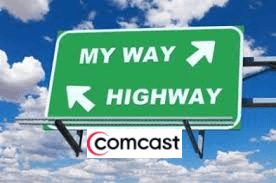 The average Comcast broadband customer now consumes over 200 GB of online data per month, an increase of 34% over just one year ago, according to Dave Watson, president and CEO of Comcast Cable Communications.
The average Comcast broadband customer now consumes over 200 GB of online data per month, an increase of 34% over just one year ago, according to Dave Watson, president and CEO of Comcast Cable Communications.
The increased usage accelerated during the last quarter of 2018, Watson told investors on a quarterly conference call.
What remains unchanged is Comcast’s data cap, which remains fixed at 1 TB per month for many customers. To avoid overlimit penalty fees of $10 for each additional 50 GB block of data consumed (up to $200 per month), Comcast is still pitching its unlimited data option — insurance against Comcast’s own overlimit penalties, which costs a growing number of customers an extra $50 a month.
Watson knows data usage over Comcast’s network is about to grow exponentially, mostly thanks to streaming video.
“I think that we start with the central view that streaming is going to happen, video over the internet is more friend than foe. and we wish every bit was our bit,” Watson told investors this morning. “If people consume more bits and video clearly does that, and 4K video does even more than that, that is the sweet spot of where this company is going to grow.”
Translation: We intend to make a killing on usage growth. Comcast can market you a faster internet package at a higher price, or as your usage approaches the data cap, scare you into buying overlimit insurance.
Remember that Comcast drops usage caps for some customers willing to rent their latest network gateway (available only in some areas at this time).


 Subscribe
Subscribe
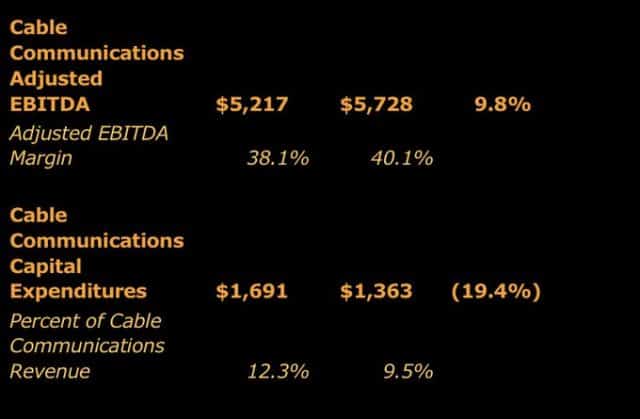
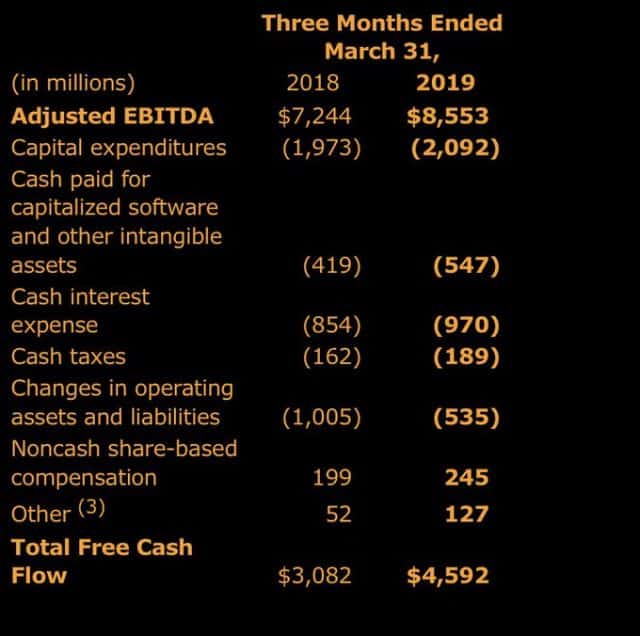
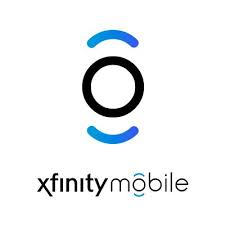 Comcast and Charter Communications are losing money on their cell service plans because their partner, Verizon Wireless, sets its wholesale rates too high, making certain the two companies cannot cannibalize Verizon’s own customers for long.
Comcast and Charter Communications are losing money on their cell service plans because their partner, Verizon Wireless, sets its wholesale rates too high, making certain the two companies cannot cannibalize Verizon’s own customers for long. Comcast has begun gradually rolling out
Comcast has begun gradually rolling out 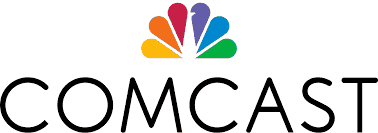 If your home or business is more than 150 feet from the nearest Comcast cable, the company will think twice before providing you with service.
If your home or business is more than 150 feet from the nearest Comcast cable, the company will think twice before providing you with service.
